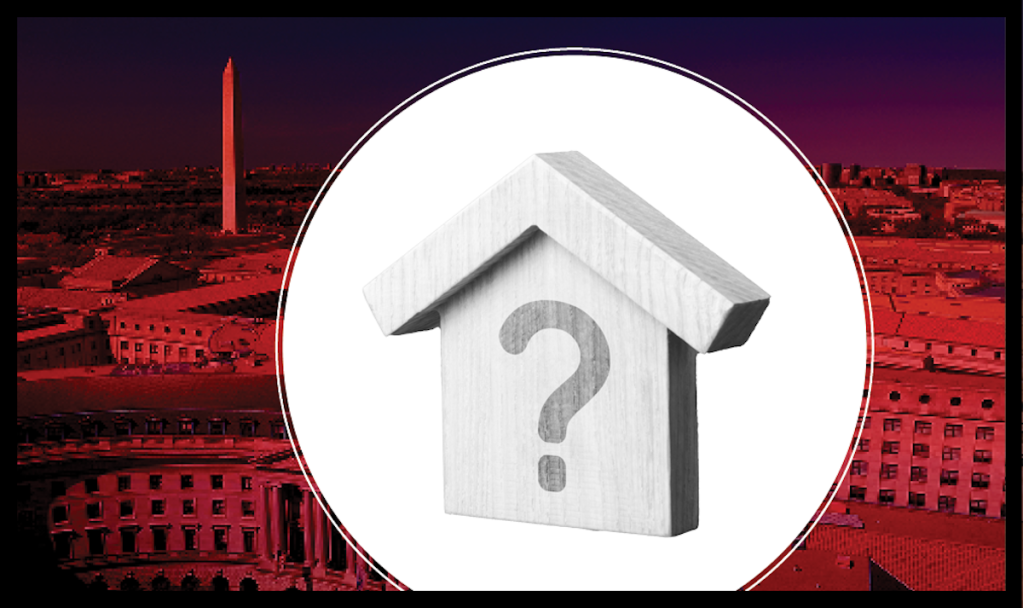
Although I had pockets of joy in 2020, these moments were subsumed in a haze of stress, uncertainty and fear for our country. And, at times, I have found it difficult to keep these emotions from clouding my economic thinking. But despite all the sorrow and frustrations of this year, I have found solace in the immortal world of math, facts and data. From this stronghold I have been able to see past the chaos and view the economy and the 2021 housing market through the lens of my core economic principles.
One of those key principles is that demographics power the economy. In 2020, the U.S. entered into a period of the best demographics for housing ever recorded. I have long held that because of the favorable demographics, the years 2020-2024 would be a period when housing could outperform other economic sectors. During these years, total home sales should get to 6.2 million or higher.
Of course, having your housing thesis tested by COVID-19 could bring chaos theory into the equation. On April 7, I published a HousingWire article that put forth an economic model that described economic and COVID-19 data lines — with certain key dates — that would show that the American economy was back on track. In an article published on Dec. 9, I described how each of those data lines had been passed: COVID fought the law of demographics and the law won.
We need to remember that the economic data was getting better going into this crisis. Housing data, in particular, was robust in February of 2020, right before the first wave of stay-at-home mandates and the fear of virus took hold of the economy. Today, we expect total home sales for 2020 to be over 6.2 million, my number for an outperforming market. We’ve come a long way, folks. With more disaster relief, two vaccines being administered and more in the works, we do see the light at the end of the tunnel. Here’s what I think that means for the 2021 housing market.
The 10-year yield and mortgage rates
In 2015, I made my first bond yield forecast for the coming year. predicting that the 10-year yield would be in a range of 1.60%-3%, and as such mortgage rates would be in range of 3.5%-4.75%. From 2015 to 2020, I’ve made the exact same forecast, and for the most part, over the years, this range has held.

In 2019, after the inverted yield curve event, I talked about how critical it was for the bond market to trade 1.94% because that would show the U.S. economy would grow faster in 2020 then 2019. But it never got above that level.
In 2020, when the risks to the economy associated with the COVID-19 pandemic became more apparent, I predicted that recession yields in America would be in the range of -0.21% to 0.62%. The 10-yield traded as low as 0.32% but for most of 2020 traded above 0.62%, indicating to me that the bond market had confidence in the future economy.
Mortgage rates never got priced correctly during this crisis. External factors, such as the mortgage market meltdown in March, kept mortgage rates higher than they should have been based on the 10-year yield. On social media I discussed how mortgage rate pricing would get better after Sept. 30 as these external risks faded, and that has occurred recently. Even though the 10-year yield has been rising since August, mortgage rates are just catching up to correct pricing.

For the housing market in 2021, the range in the 10-year yield will be between 0.62% and 1.94%, but consider these caveats.
The post What to expect from the 2021 housing market appeared first on HousingWire.
